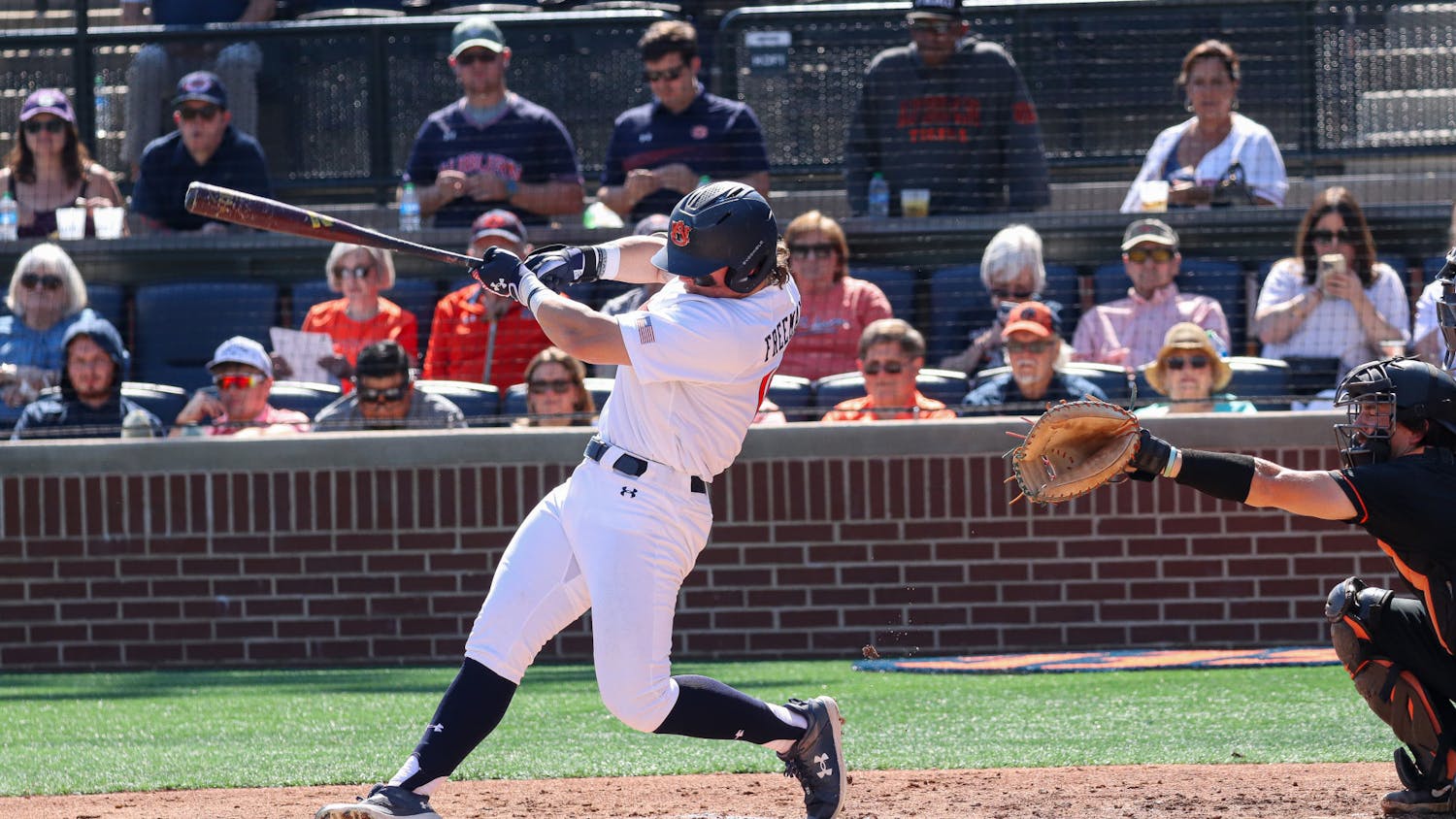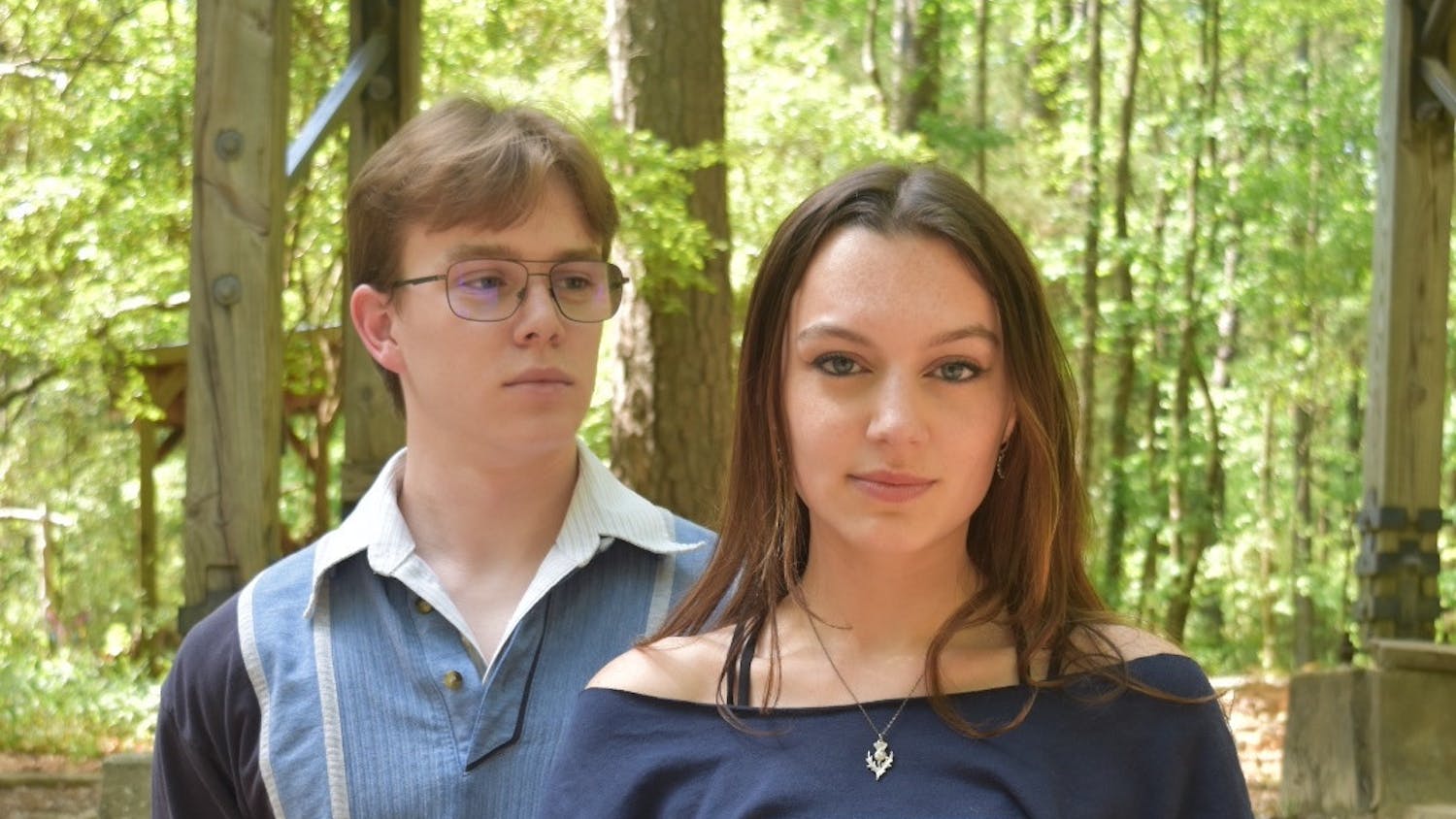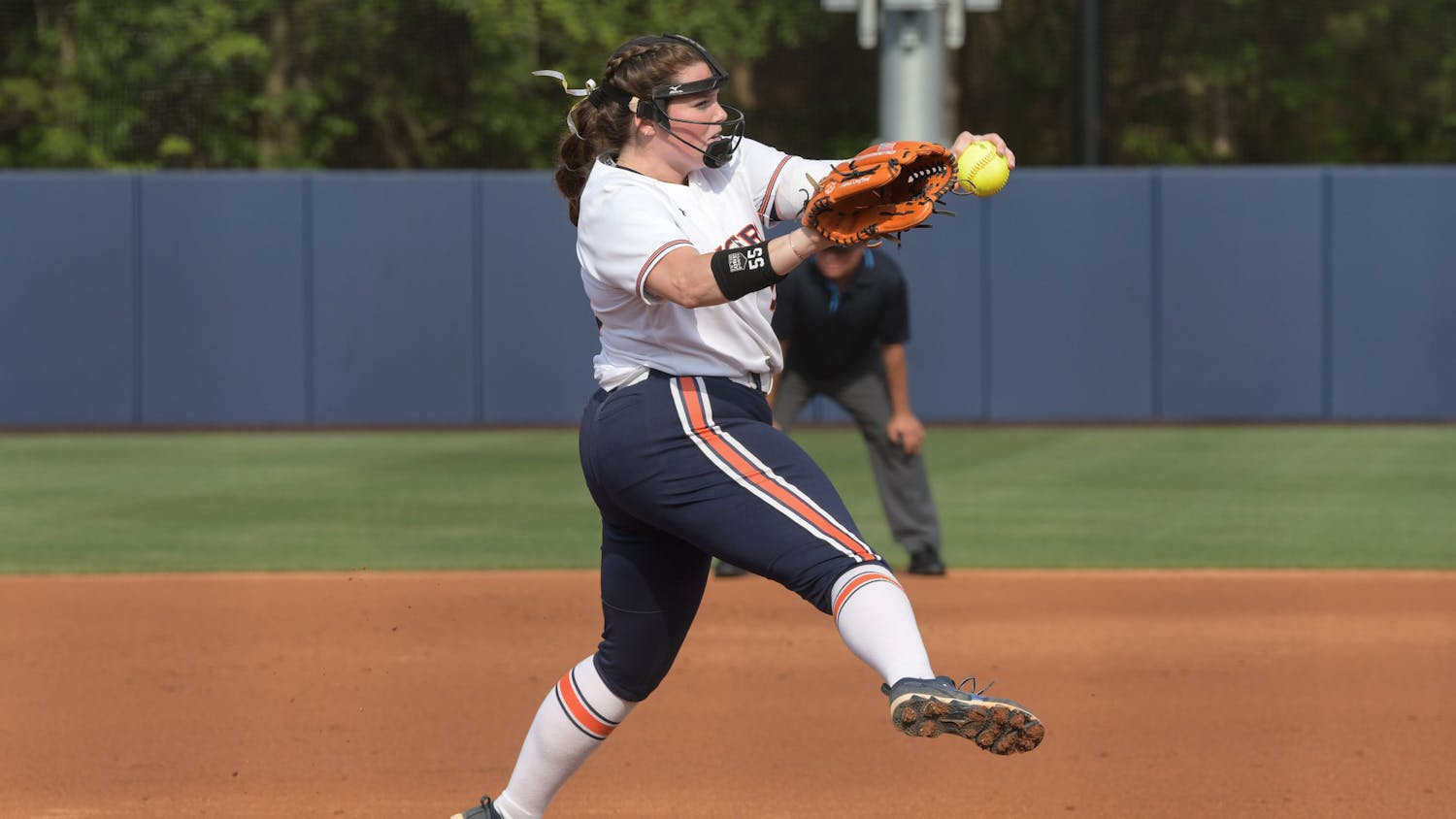The University of Texas at Austin, Columbine, Virginia Tech, Sandy Hook and Marjory Stoneman Douglas.No context is ever needed with these school names. From elementary schools to college campuses, most know what occurred for those school names to live forever in the minds of Americans.
Some argue Congress needs to make schools safer by enacting stricter gun regulations, while others argue any further regulations would be a direct violation of the Constitution. While those two voices are the loudest, there are many others in the mix.
Gun violence and school shootings do not just affect those that have already witnessed one first hand, they could happen at a moment’s notice anywhere in the country.
“Gun violence has no place in modern society,” said University President Steven Leath. “Students should feel safe in class, and we support those who are standing up to make their voices heard.”
It can be natural to distance yourself from any type of shooting, especially a school shooting. But many forget that one happened just shy of 10 miles from Auburn University a few years ago.
On April 6, 2011, Thomas Franklin May III shot multiple times into a van on Southern Union Community College’s campus in Opelika. His mother-in-law, Brenda Marshall Watson, was killed in the shooting. He also wounded his ex-wife Bethany Mitchell, her grandmother Maude Ethell Marshall and their 4-year-old daughter, according to OA News on May 21, 2014.
May was found guilty on one count of capital murder and one count of attempted murder and is currently serving a life sentence without the chance for parole, according to OA News on May 21, 2014.
Gun violence on a college campus isn’t far removed from Auburn, that’s why Interim Director of Campus Safety Chance Corbett has a plan.
“We have an emergency operations plan for campus,” Corbett said. “An emergency operations plan covers everything the University does. Administration is in charge … [and] through our department, what we would typically do in an active shooter situation [is] send an immediate notification out to the campus as soon as we can.”
After they send the notification as an AU Alert, they continue to update the campus safety website and social media pages with up-to-date information. The situation then becomes a police matter, and they will handle it from there.
“We have plans for every building on campus — emergency plans,” Corbett said. “If you take Lowder Hall, for instance, we have a plan for that building that talks about fires, severe weather, active shooters and anything else we have a plan in every building. Employees are trained on those plans.”
Corbett believes the plans in place are well thought out and the police can execute the plans swiftly should a situation arise. He is sure of this because he has trained with a number of the police officers, Corbett said.
Campus safety offers active shooter training for students and faculty three times a semester, and students can request training for groups like organizations clubs, Corbett said.
Active shooter training is one way students are getting involved to help stop and prepare for an active shooter situation.
The March for Our Lives movement came about after the Marjory Stoneman Douglas High School shooting February.
The movement has five main goals — fund gun violence research and gun violence prevention and intervention programs, eliminate absurd restrictions on ATF, universal background checks, high-capacity magazine ban and limit firing power on the streets.
“Not one more,” The March for Our Lives movement mission statement reads. “We cannot allow one more child to be shot at school. We cannot allow one more teacher to make a choice to jump in front of an assault rifle to save the lives of students. We cannot allow one more family to wait for a call or text that never comes. Our children and teachers are dying. We must make it our top priority to save these lives.”
Garnering support from approximately 800,000 at their march in Washington D.C. in March, the movement has continued to gain support throughout the country, according to reports from USA Today, The Washington Post and march organizers.
While the March for Our Lives movement has been mostly focused on high school students, it does affect Auburn University students.
The movement also organized a nation-wide walk out on March 14, where students across the U.S. walked out of their classes for 17 minutes, one minute for each student killed at Marjory Stoneman Douglass High School.
Auburn student Lecil Brothers, member of College Republicans at Auburn University, watched a high school participate in a walk out on that day. He was there as a part of a church group whose presence was requested to lead a prayer during the walk out.
Brothers was in Huntsville, Alabama, when he watched the march. The most interesting thing to him, he said, was that they were marching more for the loss of life and being friends to others than gun control.
“I thought it was very interesting that they focused on the lives instead of people asking for gun control,” Brothers said. “It was more of an acknowledgment that the real issue was not trying to push any sort of platform. It was more, we had a tragedy happen and so let’s mourn that instead of trying to use this for an opportunity to march for a political reason.”
Brothers believes when the march is used in the way it was in the one he watched in Huntsville, it is a great outlet and way to mourn a tragedy.
It’s good to show support for the victims and their families, but not to push any one position toward a politically motivated issue like gun control, Brothers said.
Brothers situation is different than most Auburn students, as many did not get to see a walkout firsthand while they were off on their spring break. Auburn students, however, are still invested in it.
“I think the March for Our Lives campaign is very important,” said Carsten Grove, president of the Auburn College Democrats. “I think that obviously, like a lot of people, that this problem has gone on unsolved for far too long, but it’s really refreshing to see such a large turnout, especially from kids.”
The movement has an internal effect on college students, Grove said. It affects how safe students are, like the students at Auburn.
There is just a lot of worry on all sides of the movement, from people worrying about if teachers will be armed to if a ban will be placed on weapons and citizens will be required to turn their weapons into the government, Grove said.
He believes the March for Our Lives movement is important but can feed into that paranoia and worry.
As for the march’s effect on Auburn’s campus, Brother’s doesn’t see much of an effect outside of the emotional impact it has on people in general.
“It’s obviously a very emotional thing to see the students reacting the way that they do,” Brothers said. “I don’t know if it necessarily affects Auburn as a whole. I think there are people in Auburn that will see that and will get emotional because of it.”
Grove sees an opportunity for Auburn to become involved with the March for Our Lives movement.
“I think it would be nice for the campus to be more involved in it,” Grove said. “I’m not sure what all could be done, but I feel like there is something that could be done. … It would be a very positive thing to help make change happen.”
Grove would like to see more involvement in the movement from all sides of campus, from students and organizations to the administration.
He believes the administration represents the students, and therefore, the students help to make up the administration. One has more legislative power, and the other has more public effect and influence, but together they can cause change, whatever that change may be.
Brothers sees the march and the coinciding movement serving well in its role to give people a way to mourn the lives lost at Marjory Stoneman Douglas High School and other shootings.
“The March for Our Lives is better off as a way to mourn and show support for victims and the families of victims than it is to try and promote a political agenda,” Brothers said.
While Grove sees the movement as a great way to invoke change in America, many opponents to the movement say that the movement is made up of just kids, and kids can’t cause change.
“I think something that a lot of people are saying on the opposing side is these are kids, they don’t enact policy,” Grove said. “But the big issue I have with that is that these people that say that were once kids who had very vocal opinions. It’s not really a matter of them thinking that kids don’t have an opinion. It’s a matter of them using anything they can to try and bring down an opposing opinion.”
Do you like this story? The Plainsman doesn't accept money from tuition or student fees, and we don't charge a subscription fee. But you can donate to support The Plainsman.



